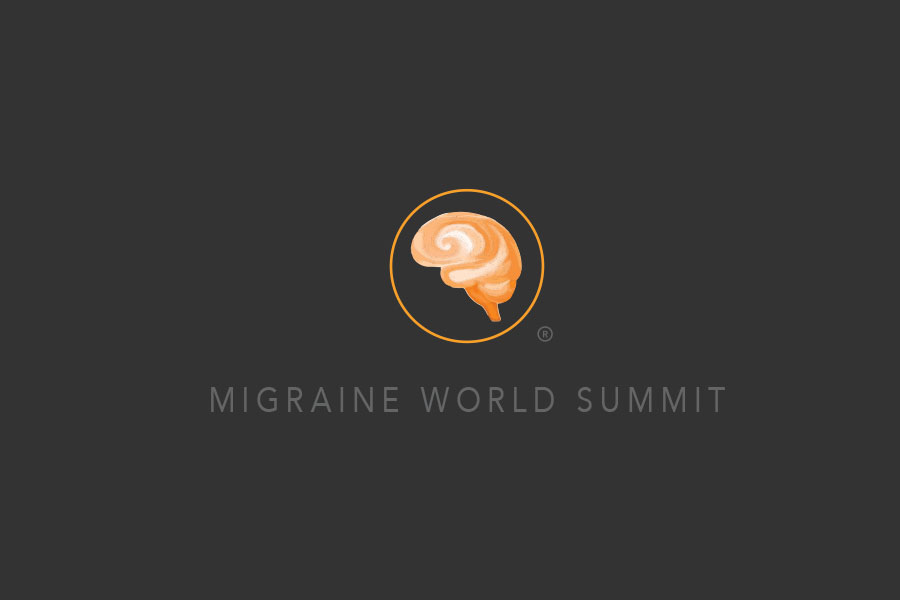Carl Cincinnato
If there’s one thing doctors always tell you, it’s: get regular exercise. Now whether you’re a marathoner or a couch potato, we all need to understand how movement and exertion affect people with migraine both positively and negatively. Is gentle movement enough, or do you have to break a sweat? What’s the best way to exercise without triggering an attack?
Professor Mattias Linde has pioneered fascinating research on exercise and migraine. He is a headache specialist and professor of neurology at one of Scandinavia’s largest universities. His research on migraine and exercise has been published in Cephalalgia and the Journal of Headache and Pain. Dr. Linde has also worked with the World Health Organization and collaborated with researchers in 18 countries.
How effective is exercise in reducing migraine severity and frequency?
Dr. Linde: “We recently published a review article titled The Association Between Migraine and Physical Exercise. It is open access so everybody can download it. There are several studies that have compared exercise to controls. In our case, we chose as a control the best documented prophylactic medication at the time, which was topiramate, an anti-epileptic drug. And we could show that there is no significant difference in reduction of days with migraine, reduction in headache intensity, and several other end points, when you compare it to drug treatment. That has been confirmed in several studies.”
Paula K. Dumas: “So, essentially, in that study, exercise was as effective as
topiramate in terms of reducing the number of days that people faced attacks each month?”
Dr. Linde: “Yes. The other thing is that people will joke that topiramate can make them feel dumb, like you have brain fog and some other unpleasant side effects, and exercise has none of this.”
What physiological benefits does exercise offer to how we sleep, our brain, our stress levels, and our mood?
Dr. Linde: “There are both short term and long term positive effects of exercise. In the short term, many would say that it’s fun, but you know on the day that you describe [being in bed with a migraine], ‘Yeah right.’ So I really understand what you’re talking about, because many of my patients are in that situation and then it’s important not to sort of overreach because then it’s impossible. So in that case, perhaps you can’t get out of bed but maybe the next day, and then it’s important to know that – you talked about breaking a sweat earlier – and so that is a pretty good definition of exercise. It doesn’t have to be much more than that.”
What types of exercise are best suited or safest for those with migraine?
Dr. Linde: “I would say that we do not know for sure, but all the evidence points to aerobic exercise. And aerobic exercise can be anything from swimming to running, paddling a kayak, whatever the person likes to do. And we chose in our research indoor cycling‚ spinning – because it’s very easy to get started, even if you’re not used to exercising.”
Watch the full interview to find out:
Can significant improvement be made with nonmedical approaches to treatment?
How necessary is exercise?
Do those with migraine tend to exercise more or less than the general population? And how does this change with increasing migraine frequency?
What is exercise? How would you define it?
Is all exercise equal?
How much exercise do you need to do to see results? Based on your research how much exercise is optimal for patients?
Can exercise still be effective for someone who suffers from chronic migraine with a high frequency of attacks?
How can exercise as a trigger be managed?
Do you have any guidance for those who find that sexual activity triggers a migraine attack?
Which people with migraine would benefit from exercise?
Watch Dr. Mattias Linde’s interview preview here or order it as part of the Migraine World Summit package from this page.
If you previously purchased the 2019 Migraine World Summit, you are all set to login to watch the full interview.
Posted in: Migraine Education





